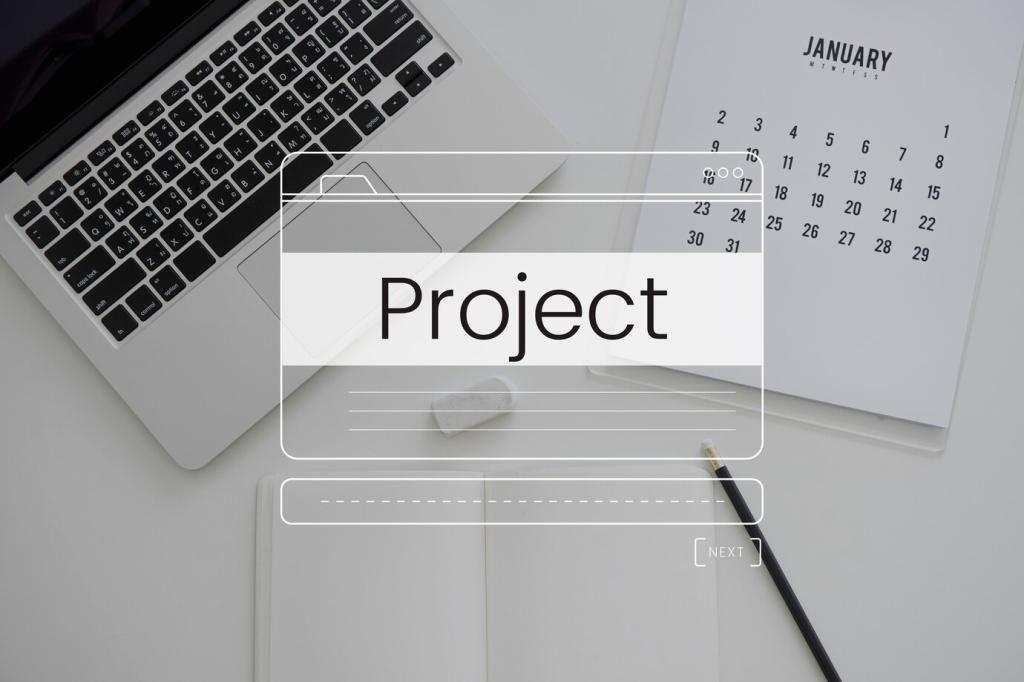
Cross-Platform Development with React Native: Build Once, Delight Everywhere
Chosen theme: Cross-Platform Development with React Native. Welcome to a friendly launchpad for building fast, polished apps for iOS, Android, and beyond with one codebase, practical patterns, and real stories that accelerate your journey.
Why React Native for Cross-Platform Apps
One Codebase, Multiple Platforms
Ship features to iOS and Android from a shared codebase, using platform-aware components only where necessary. With careful architecture, teams routinely achieve high reuse, reducing bugs, costs, and release coordination overhead dramatically.
Native Performance without Reinventing the Wheel
React Native renders real native views, not webviews. Paired with the Hermes engine and the modern Fabric renderer, animations stay smooth and interactions feel at home. You focus on product value, not rebuilding OS primitives.
Real Story: A Startup’s Two-Week Pivot
A small team needed investor traction fast. They rebuilt their prototype in React Native, demoed on iPhone and a budget Android device, and secured a pilot. One codebase transformed timelines, confidence, and customer conversations.
Project Setup and Tooling
Expo accelerates onboarding with batteries included, EAS Build, and a rich plugin ecosystem. The bare workflow grants full native control when custom modules or deep integrations are required. Choose pragmatically, and remember you can migrate later.
Designing One UI for Many Screens
Use Flexbox, useWindowDimensions, and safe area utilities to scale layouts from compact phones to roomy tablets. Design tokens and spacing systems ensure visual harmony, while dynamic type and touch targets keep interactions comfortable.

State Management that Scales
Start simple with useState and useReducer for local concerns. Gradually introduce Context for shared UI state, memoizing providers to avoid extra renders. Favor clear boundaries so components remain portable and easy to reason about.
React Query handles caching, refetching, and synchronization across screens with minimal boilerplate. Tune staleTime, retry, and prefetch to keep experiences snappy, even on flaky connections common in real-world mobile environments.
Persist essentials with AsyncStorage or MMKV, encrypt sensitive data when needed, and implement optimistic updates for responsiveness. Queue mutations during outages, then replay when connectivity returns, preserving user trust and momentum.

Profiling and Eliminating Unnecessary Renders
Use Flipper, React DevTools, and performance markers to spot waste. Memoize components, stabilize callbacks, and avoid recalculations in render. Measure improvements, commit small changes, and celebrate each millisecond you reclaim.
List Rendering the Right Way
FlatList thrives with keyExtractor, getItemLayout, and window tuning. For massive datasets, consider FlashList for impressive throughput. Prioritize virtualization, cell recycling, and lightweight rows to keep scrolling fast across devices.
When and How to Go Native
For device-specific capabilities or heavy computation, reach for TurboModules or JSI-backed native code. Keep interfaces narrow, versioned, and well-tested, so your JavaScript surface stays stable while native implementations evolve safely.

Jest and React Native Testing Library validate logic and UI contracts. Add Detox or Maestro for end-to-end confidence. Prefer meaningful assertions over brittle snapshots, and tag elements with stable testIDs for clarity.

Community, Learning, and Next Steps
Track React Native release notes, the community blog, and the directory of libraries. Use the Upgrade Helper when versions change. Continuous learning keeps your cross-platform stack modern, stable, and pleasantly productive.
Community, Learning, and Next Steps
Comment with your hardest React Native challenge, error messages, or a minimal repro. We’ll feature practical solutions in future posts. Your stories guide what we explore next, making every article more relevant.


